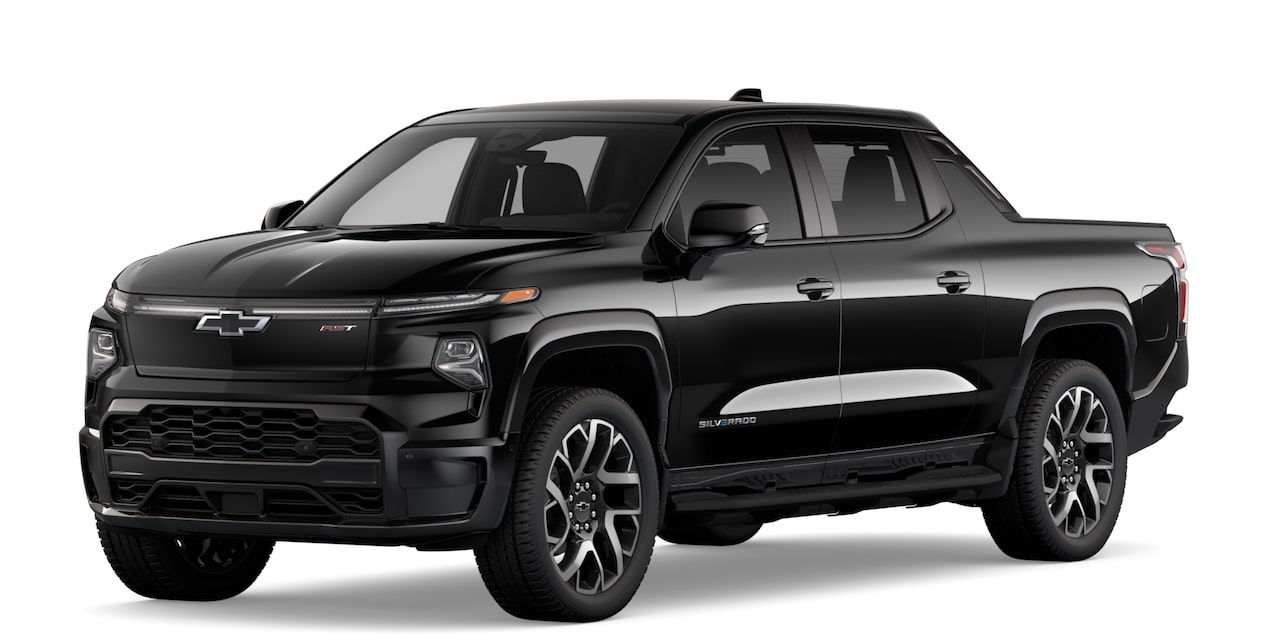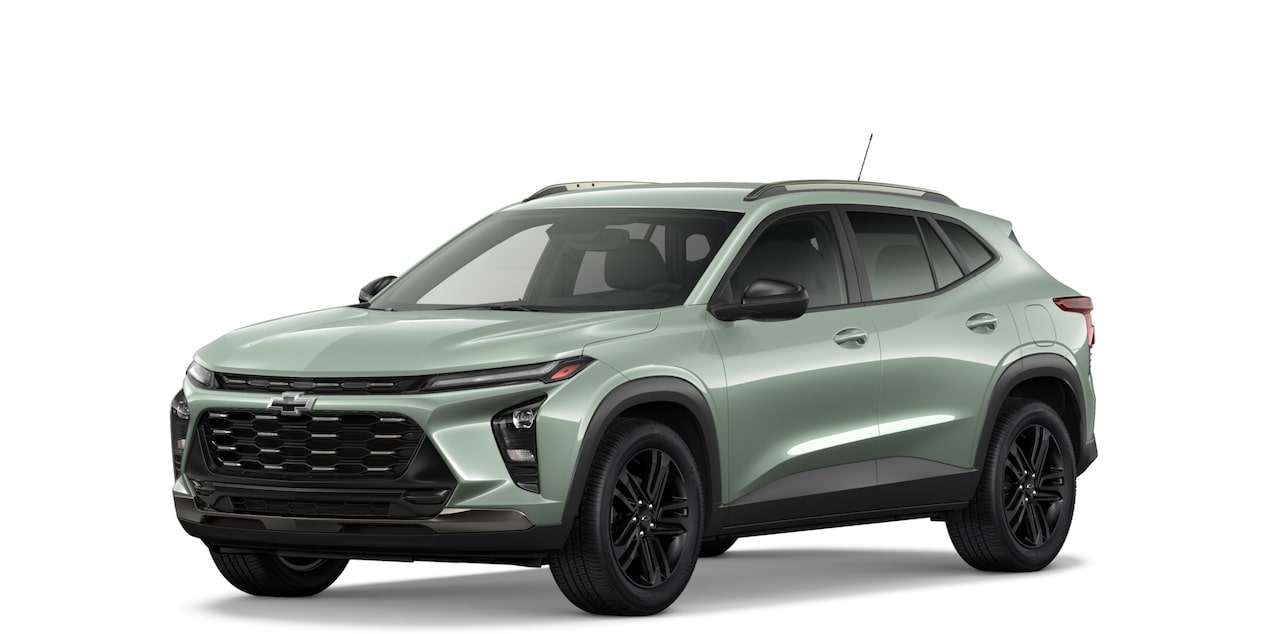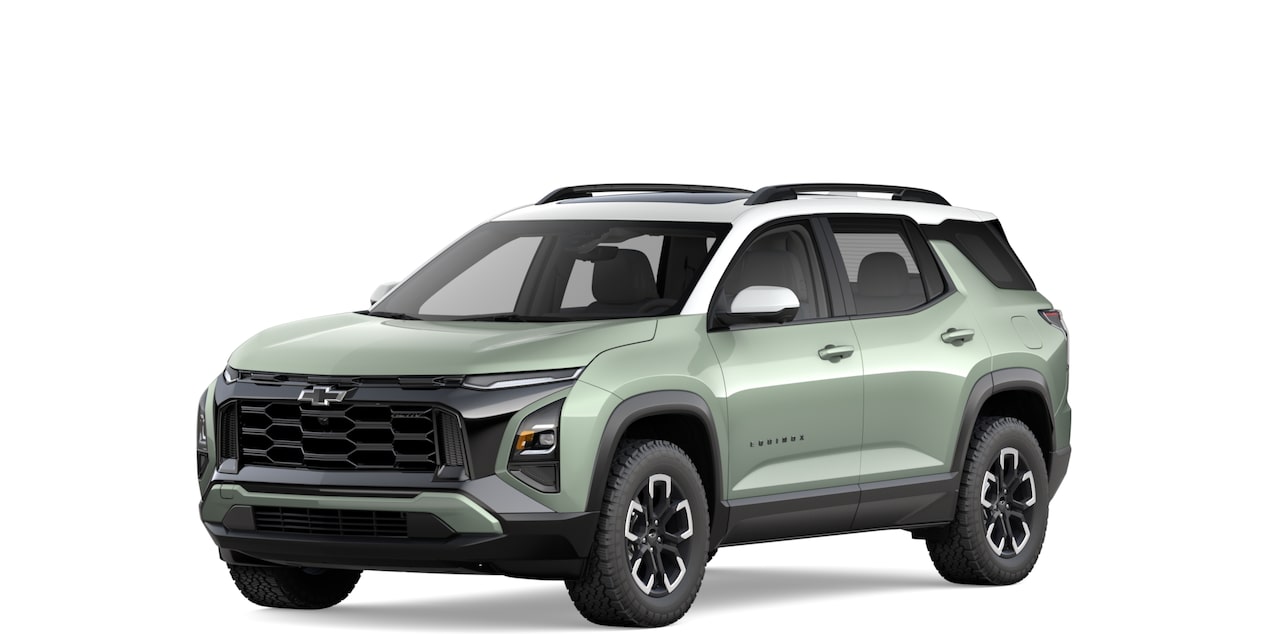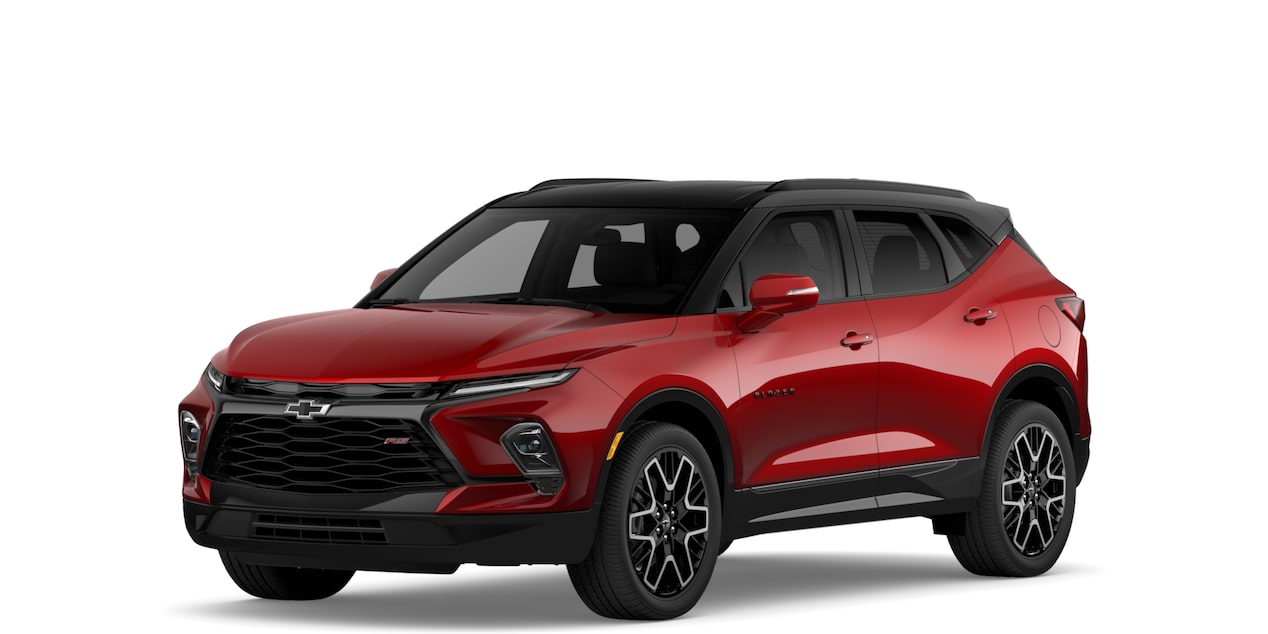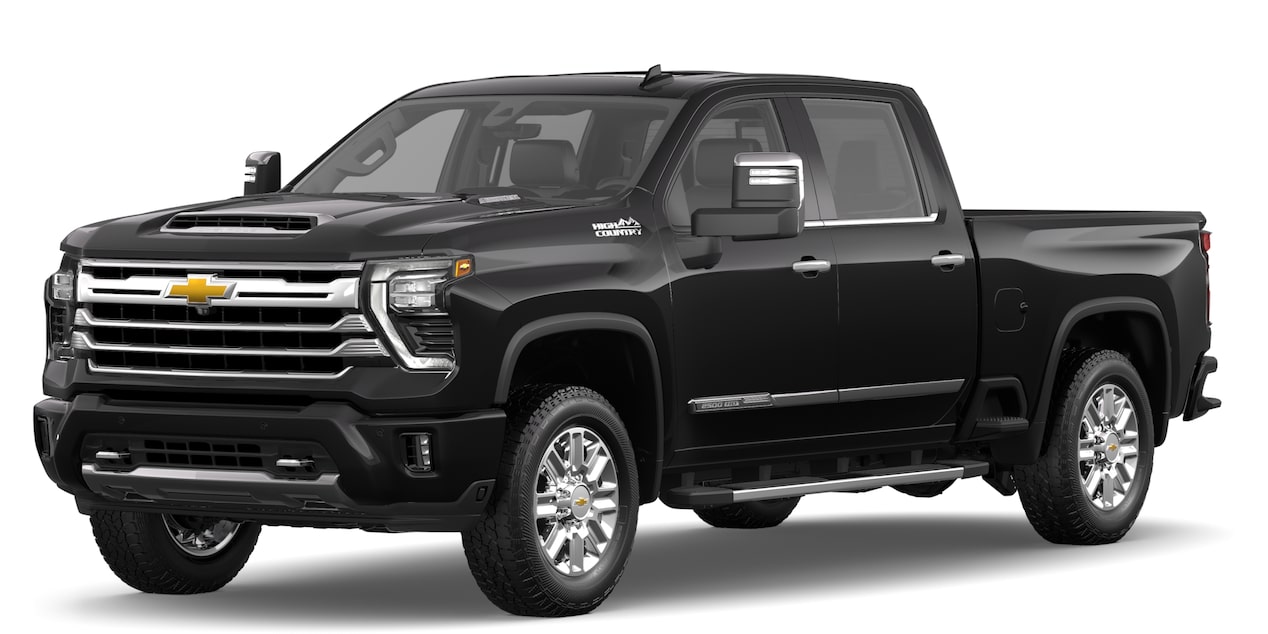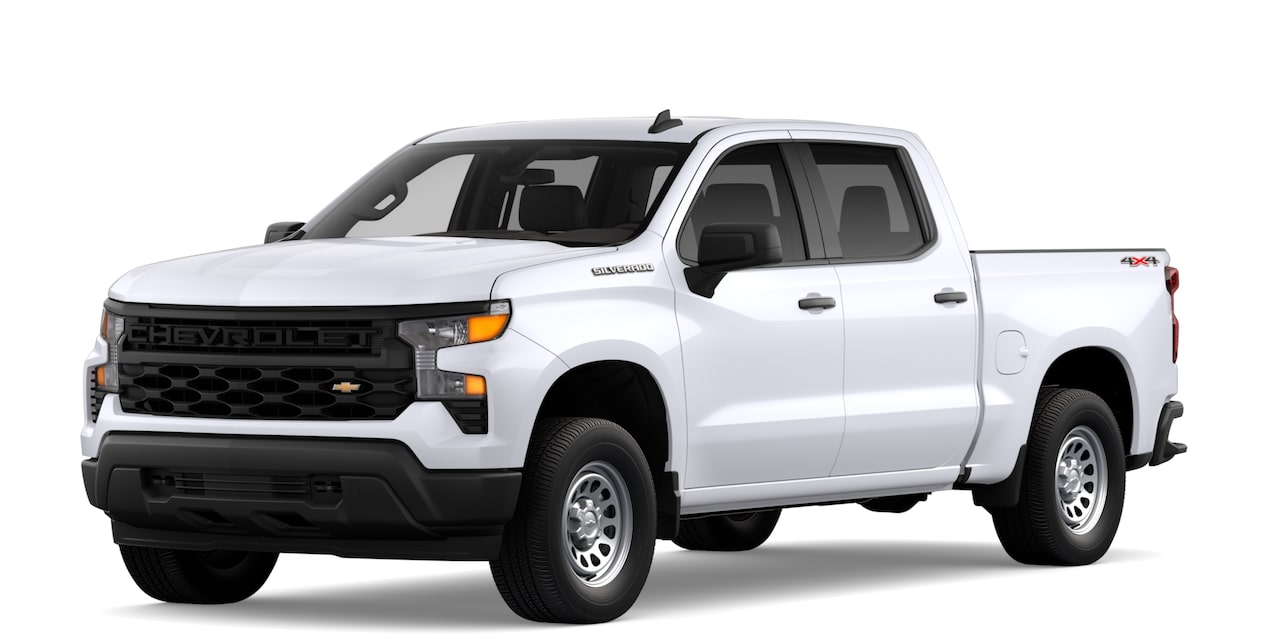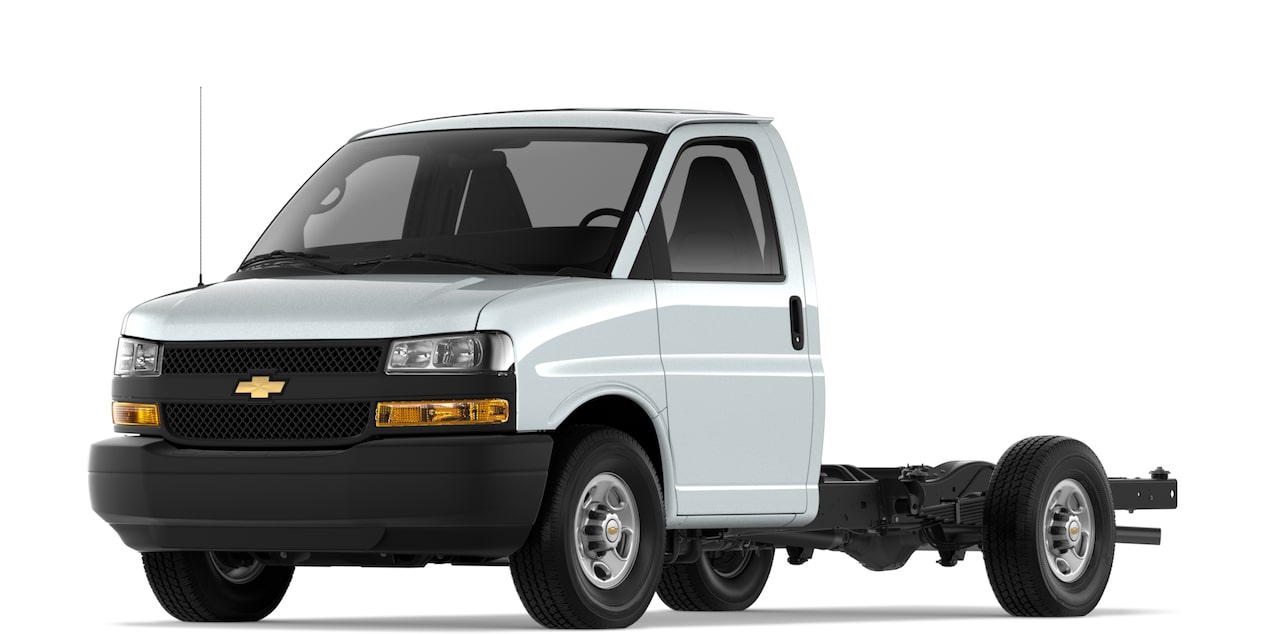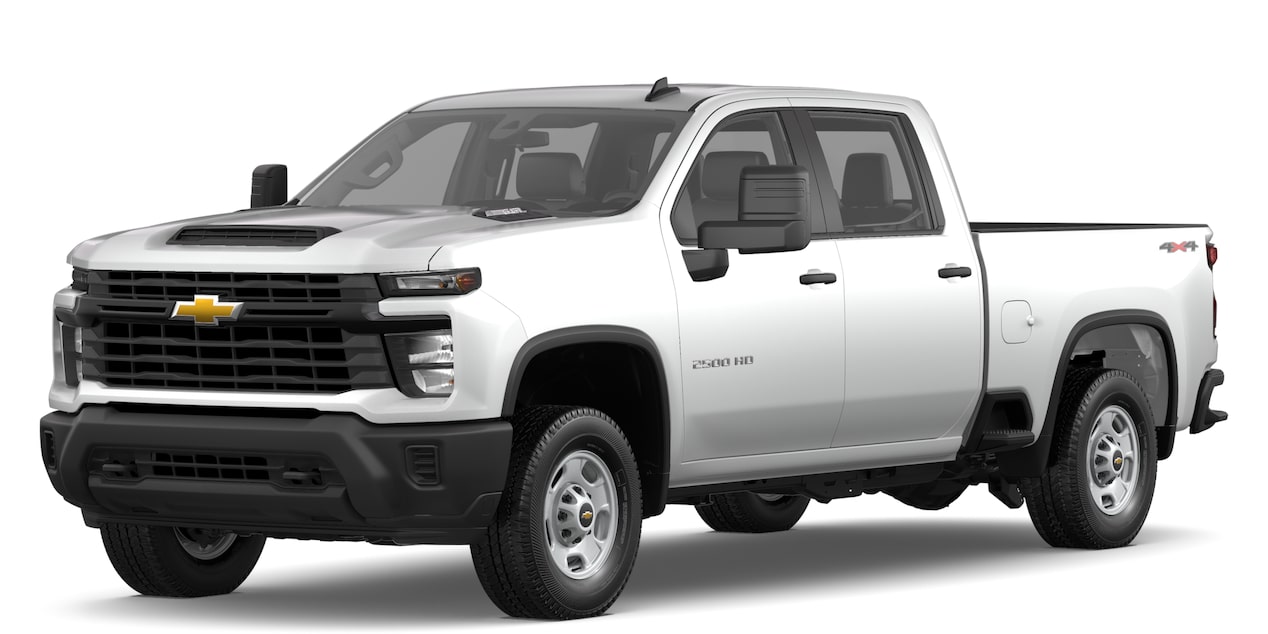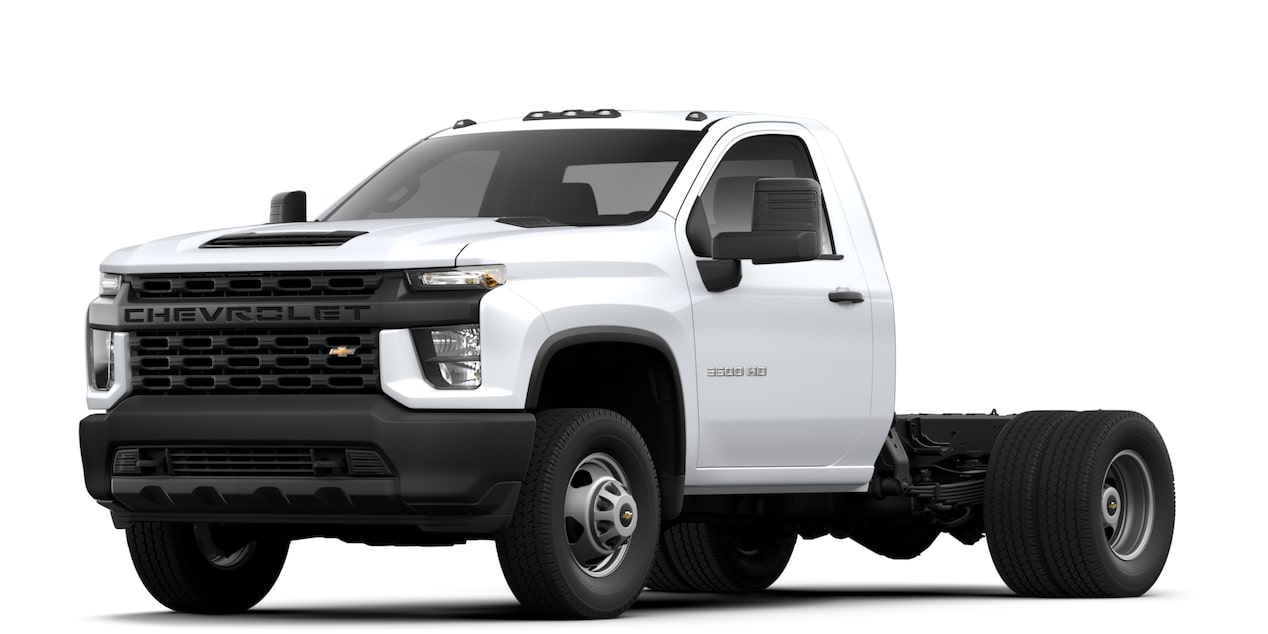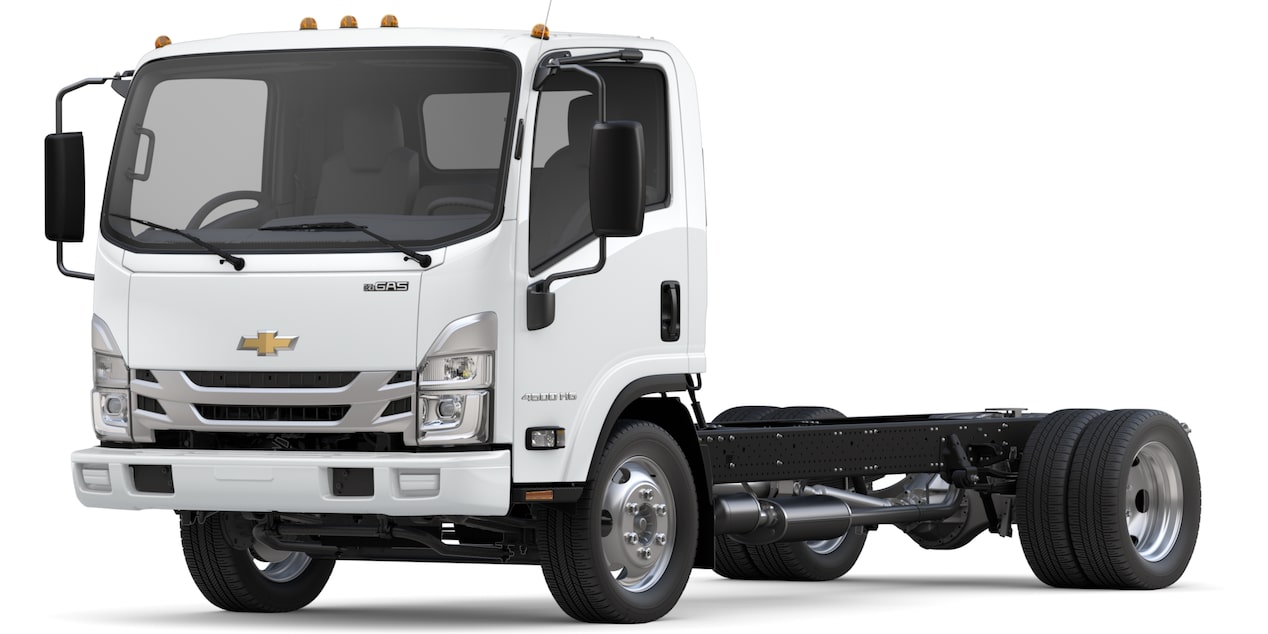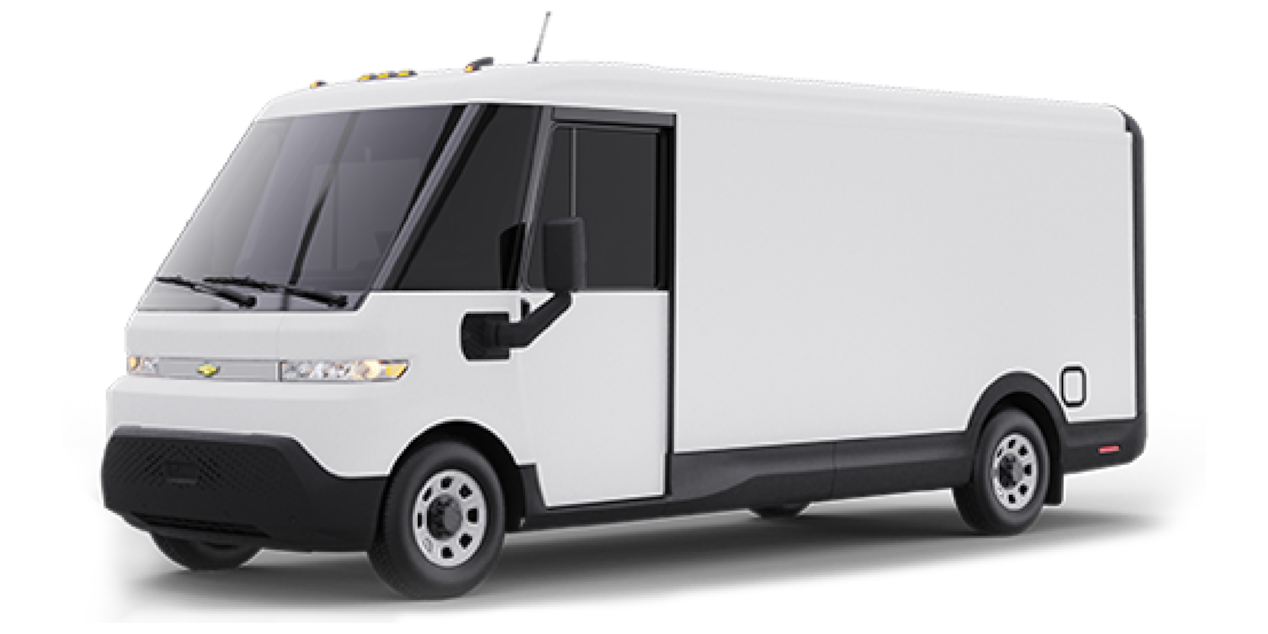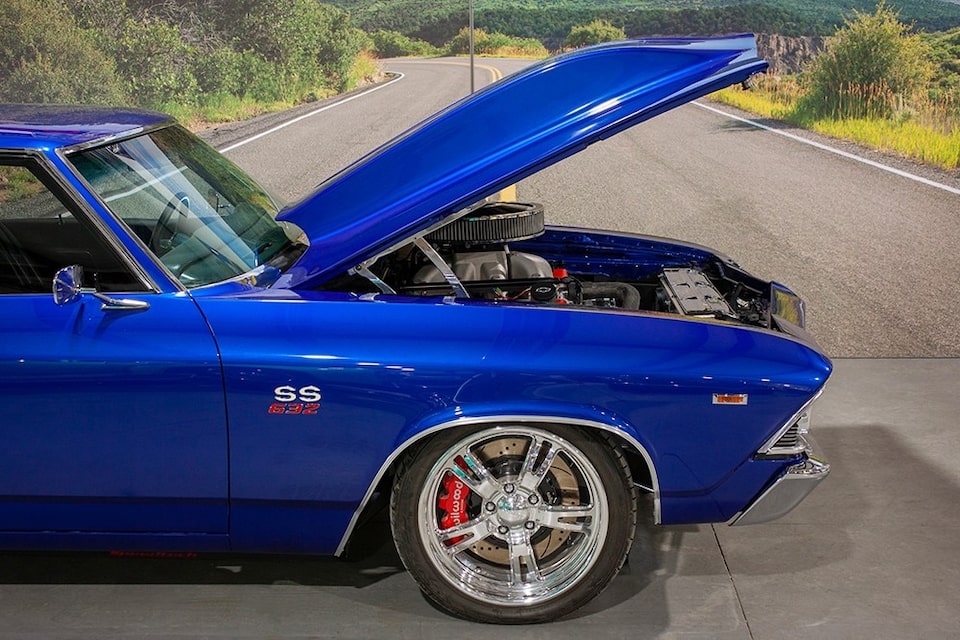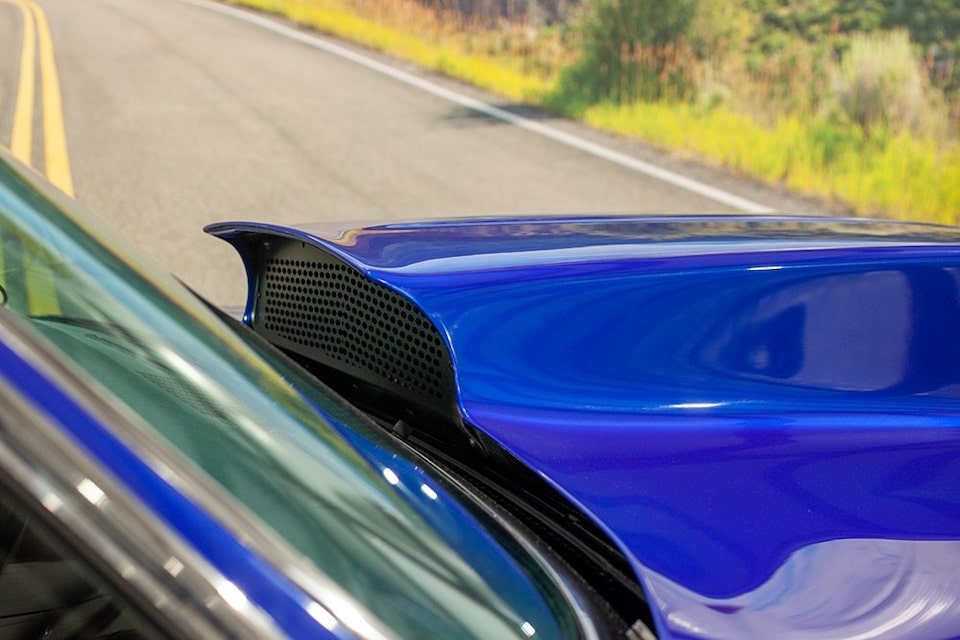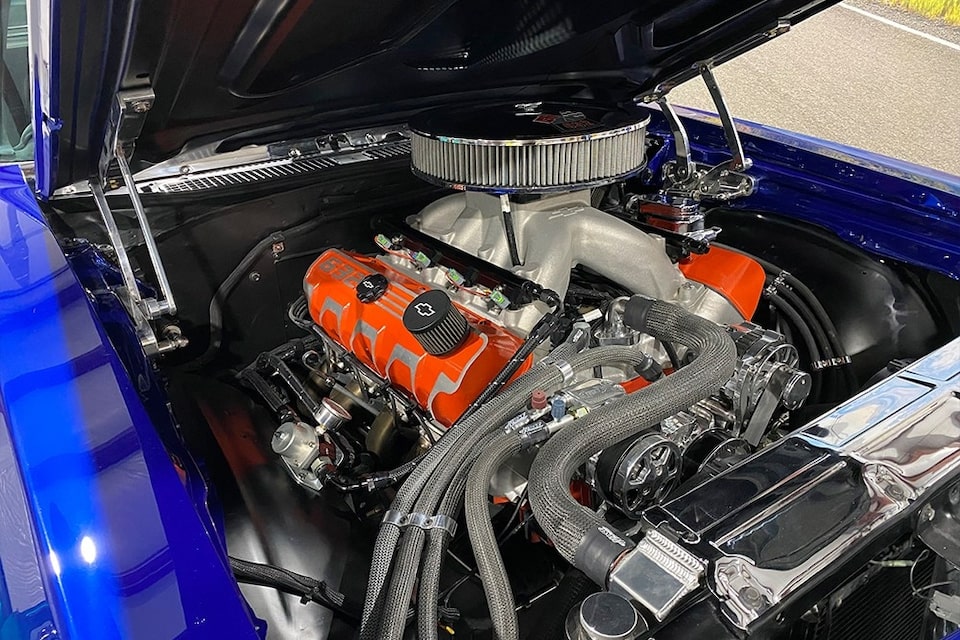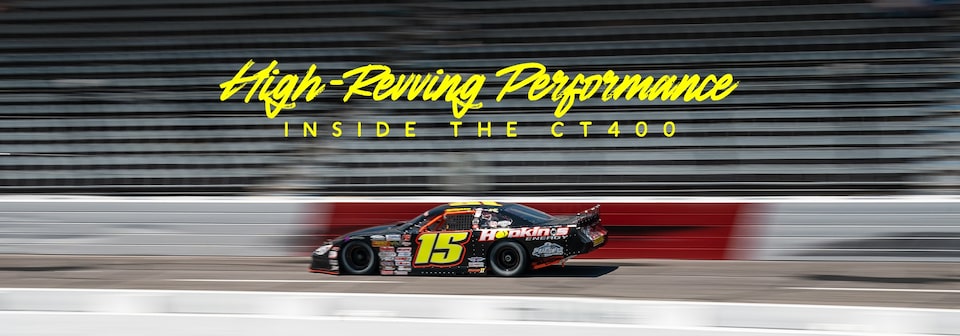
Published: 4/10/2023
Project ZZ632: A Monster Chevelle
Author: DAN HODGDON
Photos: KEN HOLYFIELD
Share on
Share on
Visit us at
Visit us at
Sometimes in life, you are simply in the right place at the right time. Such was the case when Jeff Williams needed help with his 1969 Chevelle SS right in front of the local Chevrolet dealership in Delta, Colorado.
The technician who serviced the car and suggested a variety of upgrades was an employee named Jared Gastineau.
Sometimes in life, you are simply in the right place at the right time. Such was the case when Jeff Williams needed help with his 1969 Chevelle SS right in front of the local Chevrolet dealership in Delta, Colorado.
The technician who serviced the car and suggested a variety of upgrades was an employee named Jared Gastineau.

Jeff Williams' gorgeous 1969 Chevelle SS is powered by a Chevrolet Performance ZZ632/1000 crate engine.*
"This car has been a dream for me." – Jeff Williams
Fast forward several years and today, the two own a shop known as Mile High Muscle and the Chevelle is powered by a Chevrolet Performance ZZ632/1000 Deluxe crate engine.*
"This car has been a dream for me," says Williams, a father of three and grandfather of seven.
Williams worked in law enforcement in Detroit for more than 20 years before moving to Colorado and starting a new business. He had owned a Chevelle growing up and eventually had the urge for another. He found one online painted in Mediterranean Maserati Blue, a head-turning shade that was produced for one year only in 2003. Today the car remains that color. Williams bought the car, but soon learned it needed an extensive overhaul.
Gastineau just happened to be an expert on classics and suggested adding a new suspension to the vehicle, rewiring everything and adding a crate engine to replace the junkyard 454 cu.-in. power plant under the hood at the time. They chose the Chevrolet Performance ZZ502/502 crate engine* and mated it to a TREMEC TKO 600 five-speed manual transmission.
Eventually, the duo worked with General Motors to upgrade to the ZZ572/620 crate* and the Big-Block powered the car for years.

Mile High Muscle owners Jeff Wiliams and Jared Gastineau have worked hard to make the Chevelle look like it could have been bought in 1969. Note the custom "632" badges.
Impressed with Gastineau's knowledge, abilities and potential, Williams pushed him to go into business for himself.
"A little over a year after we did the install he wanted to know what it was going to take to get me in my own shop," Gastineau remembers. "I just said, ‘I've got two kids and one on the way. I could do this in my sleep at the dealership, I really don't have the necessary credentials to just open up a new shop.' He said, ‘Well you are. I'm going to help you.'"
Williams and Gastineau bought a piece of property in May of 2017 and the company has grown to include several employees, two state-of-the-art buildings and a paint booth.
As exemplified by the engines which have lived under the hood of the 1969 Chevelle, Williams is a fan of naturally aspirated Big-Block engines which can wow passersby. The car has also become somewhat of a calling card for the company, another reason why Williams wanted to install one of the first ZZ632 engines on the market.

The naturally aspirated ZZ632 under the hood is the most powerful crate engine ever produced by Chevrolet Performance.
"What turned me on to Chevy's (ZZ632/1000) was just the whole dynamics of that engine. I believed that was going to be another icon." – Jeff Williams
Two years ago, soon after the 632 option began making the rounds, Williams and Gastineau went through the Chevelle once again and installed a 632 cu.-in. power plant from a third-party engine builder. A few weeks after Chevrolet Performance unveiled its own ZZ632/1000 at the SEMA Show in fall 2021, the Chevelle was on display during the Goodguys Southwest Nationals in Scottsdale, Arizona. There it drew much attention from the Chevrolet Performance staff on hand, who wanted to get the Bowtie version in the car.
"What turned me on to Chevy's was just the whole dynamics of that engine," Williams says. "I wanted to be a part of that world because I believed that was going to be another icon."
The Chevrolet Performance ZZ632 is rated at 1,004 horsepower and 876 lb.-ft. of torque on 93-octane pump gas. Among the engine's highlights are EFI technology, a crank-trigger ignition system, forged internals, and Pro Stock-inspired, high-flow, spread-port RS-X cylinder heads. They were designed by and named for longtime General Motors engineer Ron Sperry.

The ZZ632 is the latest chapter in the storied history of the Big-Block Chevrolet engine.
In many ways, the ZZ632 carries on the lineage of some of the most famed Bowtie engines in history, blending timeless elements with modern performance features. Even the tall-deck Sportsman Bowtie block, valve covers and air cleaner are finished in the famed Chevrolet orange.
"You've got old-school technology and a revolutionary cylinder head design, but yet we're using basically a Gen IV Small-Block firing order and timing control," Williams says of the engine. "We've got the best of everything. We've got an LS and we've got a Big-Block all roped in one. It's just going to be insane and I can't wait to show it to people."
Williams also notes the ZZ632 is "raw engine," without relying on power adders like blowers or nitrous.
While the engine makes eye-popping power numbers, the Chevrolet team is upfront about some of the clearance issues that users might face. Plus, the rest of the car simply needs to be able to withstand all those horses.

The car features an aftermarket Speedtech Performance chassis.
When the car was being built with the original 632 engine, Williams and Gastineau installed an aftermarket Speedtech Performance ExtReme Chevelle 1968-1972 A-Body chassis with Torque Arm Rear Suspension.
The chassis is designed to allow classic GM muscle to be converted into Pro Touring options with updated strength and stability. No modifications were required to bolt a 632 cu.-in. power plant into the same location as its Big-Block predecessors.
"By doing that we gave it a stiff backbone, the chassis alone will handle 1800 horsepower," Gastineau explains.
The biggest challenge came in the area of hood clearance when the team installed the Chevrolet Performance ZZ632 version.

The Mile High Muscle team built a custom hood.
According to Gastineau, they repeatedly took precise measurements using the hood scoop that had previously been on the car and went through three separate cowl-hood designs before landing on one which was both functional and correct aesthetically. The final choice features a subtle Pro Stock vibe. The test fitment process also likely reached double digits, with the team repeatedly revving the engine to make sure they had enough clearance in all areas.
The steel hood looks like it could've been bought from a catalog, but in reality, is entirely hand-built and is one of the car's many highlights both for its look and ingenuity.
"It's taken easy three to four months to be able to just get it to where it was supposed to be but it's beautiful," Williams says.

The driver's view from inside the Chevelle.
The engine maintains the TREMEC TKO 600 five-speed from the car's 502 days, but the Mile High Muscle team shipped it to Anaheim Gear to bolster it with high-rev synchros that will withstand a 632 engine's massive horsepower.
The transmission is complemented by a McLeod RXT1200 twin-disc clutch rated for approximately 1200 horses, a QA1 Rev Series composite carbon-fiber driveshaft rated for 2000 horsepower, and a 35-spline Dutchman Axles Ford nine-inch rear end. With these enhancements, the Mile High Muscle team can be sure all the power from the ZZ632 can be safely put to the ground.
Underneath the car is almost entirely flat. The Speedtech chassis is designed to recess the Chevelle's custom, hand-built exhaust and custom Blaze headers utilizing Stainless Works components so nothing hits or drags when the car is moving, despite it having an aggressive, low stance. Three-inch Oval Exhaust stainless steel tubing also helps with the flat look, while Quick Time electric exhaust cutouts and Flowmaster Super 10 Series mufflers provide a killer sound.
Gastineau says that when the car debuted on the show circuit Speedtech received numerous calls from show car enthusiasts who were interested in the car's unique look, which falls outside of both the drag race and Pro Touring autocross setups for which the company is best known.

The head-turning blue color attracts plenty of attention at shows.
The Chevelle rides on 18-inch Schott Mod 5 eXL wheels (18 x 12 in the rear and 18 x 8 up front). Wrapped around the wheels are Nitto NT555RII P335/30R18 drag radial tires out back and Nitto NT555 G2 ultra high-performance rubber measuring 235/40ZR18 at the front of the car.
Six-piston Wilwood AERO6 Big Brake front brakes provide stopping power, and since they are built to work with a production C6 or C7 Corvette, they are a perfect complement to the modern Corvette geometry provided by the Speedtech chassis and offer a modern braking feel. For the rear brakes, Mile High Muscle matched the front system with the AER06 rear rotor-and-caliper setup.
While the engine is a major drawing point for the car at shows, the splendid blue paint also draws plenty of attention. The color remains the same as when Williams bought the car, but during the upgrade process the entire vhehicle was repainted with PPG paint. (Williams also owns a sister 1967 Chevelle painted in the same color. It has the ZZ572 under the hood donated from the '69.)
Williams notes that if he leaves the hood closed on the 1969 model at a show the Mediterranean Maserati Blue still draws plenty of onlookers.
"It's like a magnet," he says.

The Mile High Muscle Team added bucket seats and some updates to the dash, but much of the interior is similar to how it looked in 1969.
"The car was not numbers-matching, so I wanted to make it my car." – Jeff Williams
The Chevelle features all of the original chrome and the car sports a variety of "632" emblems that the Mile High Muscle team 3D printed. The idea is not for them to stand out, but rather to blend seamlessly into the car's exterior.
"They look like the emblems were originally on there, like GM put them on," Williams says. "We're trying to keep that look as if it was bought that way from the showroom."
The interior remains much the way it would have looked in 1969, with only a few modifications to the transmission tunnel and the way it was upholstered. AutoMeter American Muscle gauges, Vintage Air and a vintage-style RetroSound radio with Bluetooth capability are among the upgrades to the dash, but otherwise it looks similar to the original style.
The car also had a bench seat when Williams purchased it, but he preferred bucket seats and had two custom-made. A Competition Engineering four-point roll bar is part of the build as well.
"The car was not numbers-matching, so I wanted to make it my car," Williams explains.

The ZZ632/1000 is an intimidating sight in this car.
"You open this hood and just see that motor wanting to come out and bite you." – Jared Gastineau
That thought process led to both the Chevelle's current look and powertrain setup. But while it could be considered a restomod, one can also make the case that the car is less an updated version of a classic, but rather an idea of what a Big-Block Chevelle might look like if it were built today.
And at the heart is the massive ZZ632/1000 engine.
"You open this hood and you just see that motor wanting to come out and bite you," Gastineau says.
"You turn that key and start the car and it's just absolutely amazing," Williams adds.
The massive engine and a 1969 Chevelle seem like a perfect match, just like Gastineau and Williams were when they met by chance all those years ago.
*Because of their effect on a vehicle's emissions performance, these engines are intended exclusively for use in competition vehicles. These engines are designed and intended for use in vehicles operated exclusively for competition: in racing or organized competition on courses separate from public roads, streets or highways. Installation or use of these engines on a vehicle operated on public roads, streets or highways is likely to violate U.S., Canadian, state and provincial laws and regulations related to motor vehicle emissions.



